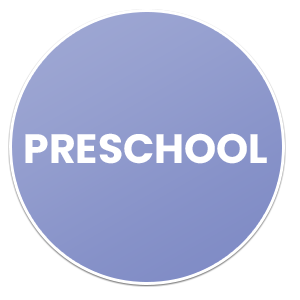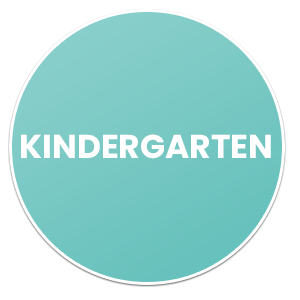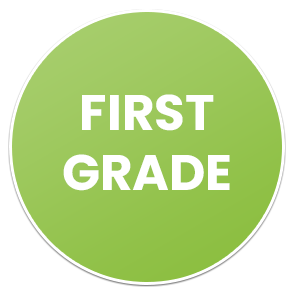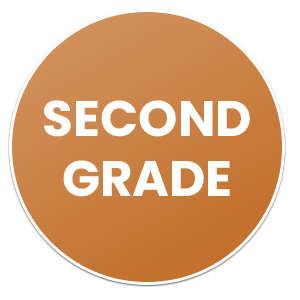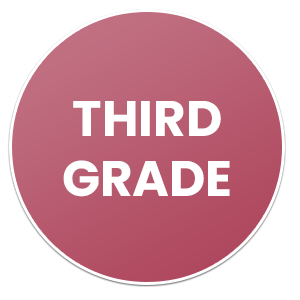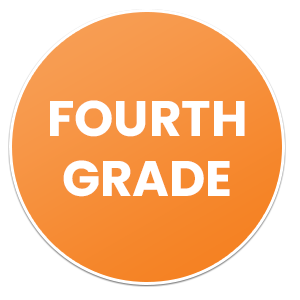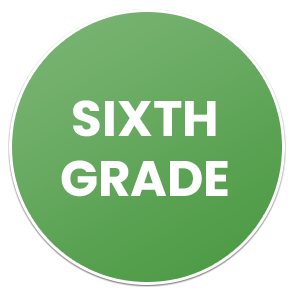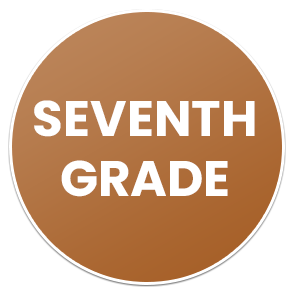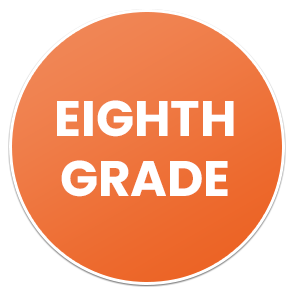How to Teach Fifth Grade
5th Grade Homeschool Curriculum
Embracing the fact that children develop at different rates, BookShark uses age-range levels instead of a fixed grade system. This flexible approach lets you choose a homeschool curriculum that aligns with your child’s unique needs, fostering their growth at their natural pace. Additionally, BookShark can be used with multiple children of different ages.
Fifth graders typically study a variety of subjects that prepare them for middle school. Generally, they focus on core areas such as math, science, language arts, and social studies.
In addition to these essential subjects, many homeschool curriculums also incorporate art and physical education. This holistic approach helps foster creativity alongside academic skills.
Some families choose to include additional topics like health or foreign languages. This allows for a more personalized learning experience tailored to the child’s interests.
The flexibility of homeschooling means parents can adapt the number of subjects based on their child’s needs and preferences. Each family may find their unique blend that works best for them during this crucial learning year.
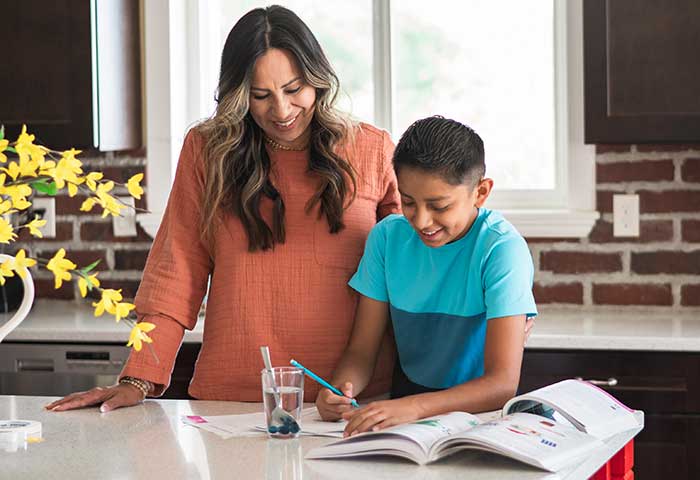

What Age Should A Child Be For A 5th Grade Homeschool Curriculum?
Typically, children enter 5th grade around the age of 10 or 11. However, homeschooling offers flexibility that traditional schooling does not.
Parents can tailor their child’s learning experience based on individual maturity and comprehension levels rather than strictly adhering to age norms. Some kids might be ready for a 5th grade curriculum earlier, while others may benefit from starting it later.
Assess your child’s readiness through their interests and abilities in various subjects. If they show curiosity and understanding of concepts typically taught at this level, they could thrive within a fifth-grade homeschool curriculum.
It’s about finding what suits your child best. Every learner progresses at their own pace, making homeschooling an ideal option for tailored education strategies.
What Is The Typical Homeschool Curriculum For 5th Grade?
The typical homeschool curriculum for 5th grade is diverse and engaging. It encompasses core subjects such as math, language arts, science, and social studies.
In addition to these foundational areas, many families incorporate art, music, and physical education to create a well-rounded experience. This holistic approach caters to different learning styles while keeping students motivated.
For reading and writing, fifth graders often explore literature that challenges their analytical skills. They’ll delve into fiction and nonfiction texts that spark curiosity about the world around them.
Math can include fractions, decimals, geometry, and even basic algebra concepts designed to build problem-solving abilities. Meanwhile, science lessons might cover Earth sciences or introductory biology through hands-on experiments.
Social studies typically focus on U.S. history or geography topics relevant to developing critical thinking about society’s past and present dynamics.
What is a Basic Homeschool Curriculum for a 5th Grader?
The basic curriculum for a 5th grader typically includes a blend of core subjects and exploratory topics. Language arts is central, focusing on reading comprehension, writing skills, and vocabulary development.
Mathematics covers fractions, decimals, geometry, and introductory algebra concepts. Students build problem-solving abilities while learning to apply math in real-life scenarios.
Science education often delves into life sciences, earth sciences, and physical science principles. Hands-on experiments enhance understanding of scientific concepts.
Social studies introduce students to history and geography. They explore cultural differences and significant historical events that shape our world today.
Many families choose to incorporate health education as well. This may include lessons on nutrition, personal hygiene, or emotional well-being.
Art and physical education round out the curriculum offering creativity outlets alongside fitness activities essential for holistic growth at this age.
How Many Subjects do 5th Graders Have?
Fifth graders typically study a variety of subjects that prepare them for middle school. Generally, they focus on core areas such as math, science, language arts, and social studies.
In addition to these essential subjects, many homeschool curriculums also incorporate art and physical education. This holistic approach helps foster creativity alongside academic skills.
Some families choose to include additional topics like health or foreign languages. This allows for a more personalized learning experience tailored to the child’s interests.
The flexibility of homeschooling means parents can adapt the number of subjects based on their child’s needs and preferences. Each family may find their unique blend that works best for them during this crucial learning year.


How Many Hours a Day Should 5th Grader Homeschool?
The amount of time a 5th grader should spend on homeschooling can vary widely. Typically, daily hours range from three to six. This flexibility allows families to tailor learning experiences to individual needs.
Younger students often benefit from shorter, focused sessions interspersed with breaks. A mix of structured lessons and hands-on activities keeps engagement high and learning effective.
Consider the child’s attention span when planning the day. Some may grasp concepts quicker while others require more time for exploration and understanding.
Including breaks for physical activity or creative projects helps maintain balance in the schedule. It’s about quality over quantity; meaningful interactions and discussions enrich learning far beyond clocking hours at a desk.
Always remember that each child is unique, so adjusting your approach based on their interests and pace will yield better results in their educational journey.chool curriculum can be a wonderful starting point for homeschooling adventures!
What Should a 5th Grader be Learning in Reading?
At the fifth-grade level, reading becomes more complex and engaging. Students should focus on comprehending various genres, including fiction, nonfiction, poetry, and drama.
They learn to identify themes, main ideas, and supporting details in texts. This skill encourages deeper analysis of what they read.
Vocabulary development is crucial during this stage as well. Fifth graders should encounter new words regularly and practice using them in context.
Additionally, critical thinking comes into play. Students are encouraged to make connections between their readings and real-world situations or personal experiences.
Discussions about characters’ motivations or plot developments enhance comprehension skills further while fostering a love for literature that can last a lifetime.

What Math Do 5th Graders Take?
Fifth graders dive into a variety of mathematical concepts that build on their previous knowledge. They tackle operations with fractions, learning to add, subtract, multiply, and divide them effectively. This is often where they start seeing real-world applications.
Decimals also make an appearance. Students explore how to work with these numbers in calculations and measurements. Understanding the relationship between fractions and decimals becomes crucial at this stage.
Geometry begins to play a more significant role too. Fifth graders learn about different shapes, angles, area, and volume—concepts that can ignite creativity through hands-on activities like building models.
Problem-solving skills are emphasized throughout the curriculum as well. Students engage in word problems that encourage critical thinking and application of math in everyday situations.
Data analysis introduces students to graphs and charts; interpreting information visually enhances their understanding of statistics.
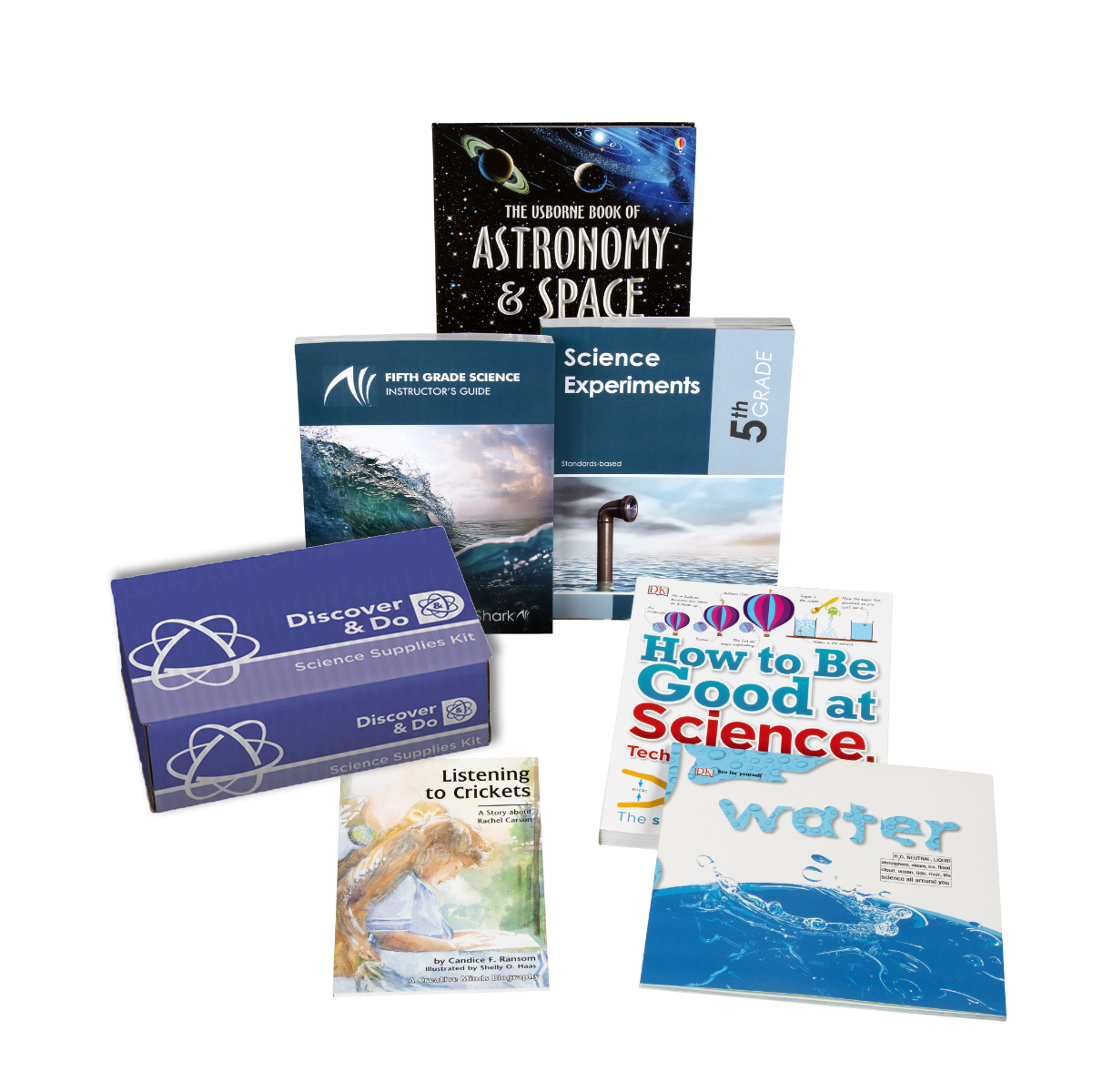
What Science Should a 5th Grader Take?
Fifth graders dive into a world of exploration with their science curriculum. Topics often include biology, chemistry, physics, and earth sciences.
Students might study ecosystems, learning about habitats and the interdependence of living organisms. Engaging experiments can spark curiosity as they observe plant growth or investigate animal behaviors.
In chemistry, students may explore states of matter through hands-on activities like mixing substances to understand reactions. This practical approach makes abstract concepts tangible.
Physics introduces them to forces and motion—think simple machines that make work easier.
Earth science helps them grasp weather patterns and geological processes, fostering an appreciation for our planet’s resources.
This rich combination ensures that young learners develop critical thinking skills while nurturing a passion for discovery in the natural world around them.
What Should A 5th Grader Know By the End of the Year?
By the end of 5th grade, students should have a solid grasp of various subjects. In math, they should be comfortable with fractions, decimals, and basic geometry concepts. Understanding percentages is also key at this stage.
In reading, comprehension skills take center stage. They should be able to analyze texts and identify main ideas and themes. Vocabulary expansion is equally important.
Science knowledge encompasses life sciences, earth sciences, and an introduction to physical science principles. Hands-on experiments can enhance their understanding.
History lessons usually focus on U.S. history or world geography topics that encourage critical thinking about past events and cultures.
Beyond academics, social skills are essential too. Fifth graders should practice teamwork through group projects while developing responsibility for their learning journey.

Does a Fifth Grader Need to Test for Homeschooling?
Whether a fifth grader needs to take tests while homeschooling varies by state. Some states require standardized testing, while others allow parents to assess their child’s progress through different means.
Testing can serve as a useful tool for parents. It provides insight into the child’s understanding of subjects like math and science. Regular assessments help identify strengths and weaknesses, allowing for tailored instruction.
However, not every family feels that formal testing is necessary. Many prefer project-based evaluations or informal quizzes at home that fit within their homeschool curriculum.
The decision rests with the parent and should align with educational goals and legal requirements in their area. Keeping communication open about learning methods makes it easier to choose what suits both the child’s needs and state regulations best.

When choosing a 5th grade homeschool curriculum, it’s essential to consider your child’s unique learning style and interests. Tailoring the subjects and materials can make education more engaging and enjoyable for both you and your child. A well-rounded approach that includes reading, math, science, social studies, and even health will provide a comprehensive educational experience.
Maintaining flexibility with scheduling allows families to adapt their daily routines as needed while ensuring adequate time is dedicated to each subject. Always remember that homeschooling is not just about academics; it’s also an opportunity for personal growth and exploration of diverse topics.
As you navigate through the various options available for a fifth-grade homeschool curriculum—whether you’re looking at specific books or online programs—keep in mind what skills are crucial by year’s end. Strive for balance in homework assignments too; they should reinforce lessons without overwhelming young learners.
Every family has its rhythm when embracing this educational journey together. Your input matters significantly in crafting an enriching experience tailored specifically to your student’s needs!
Frequently Asked Questions
How much homework is appropriate for 5th grade?
Determining the right amount of homework for a 5th grader in a homeschooling environment can be tricky. At this age, students are developing their ability to manage time and balance responsibilities. Generally, about 30 minutes to an hour per day is appropriate, even in a homeschooling setting. This range allows kids to engage with the material without feeling overwhelmed. Assignments should reinforce what they learn during their homeschooling sessions, encouraging deeper understanding rather than rote memorization. Quality matters more than quantity; meaningful tasks that spark curiosity are key. Parents should stay attuned to their child’s stress levels. If homework consistently takes longer or causes frustration, it might be worthwhile to reassess the workload or discuss strategies for more effective learning. Remember that downtime is essential too—children need space for play and relaxation alongside academic pursuits.
Is 5th grade a good year to start homeschooling?
Homeschooling in the 5th grade offers numerous benefits, including a customized learning pace, focused attention, and enhanced curriculum control, allowing for a personalized education that caters to a child’s unique needs. It provides a safe and supportive environment, free from negative influences, fostering emotional well-being and confidence. The flexibility in scheduling accommodates family commitments and extracurricular activities, while also allowing for real-world learning experiences through field trips and practical life skills. Homeschooling strengthens family bonds and instills values, while also being adaptable to special needs, ensuring each child receives the necessary support. Ultimately, it prepares students for future academic success by focusing on critical thinking, problem-solving, and independent learning.
